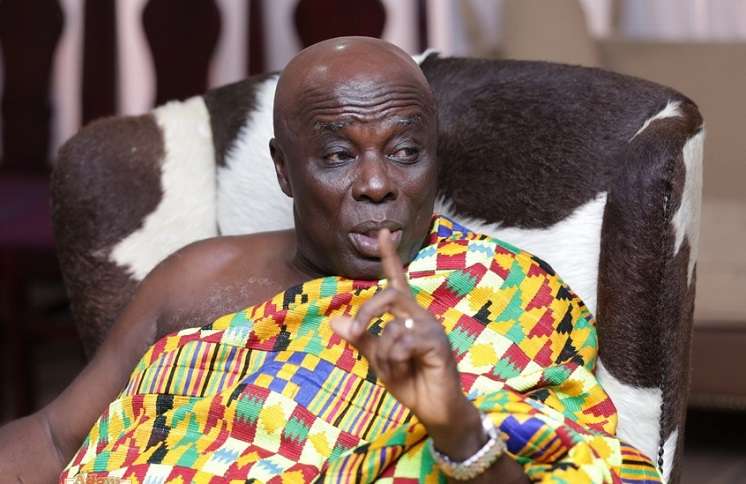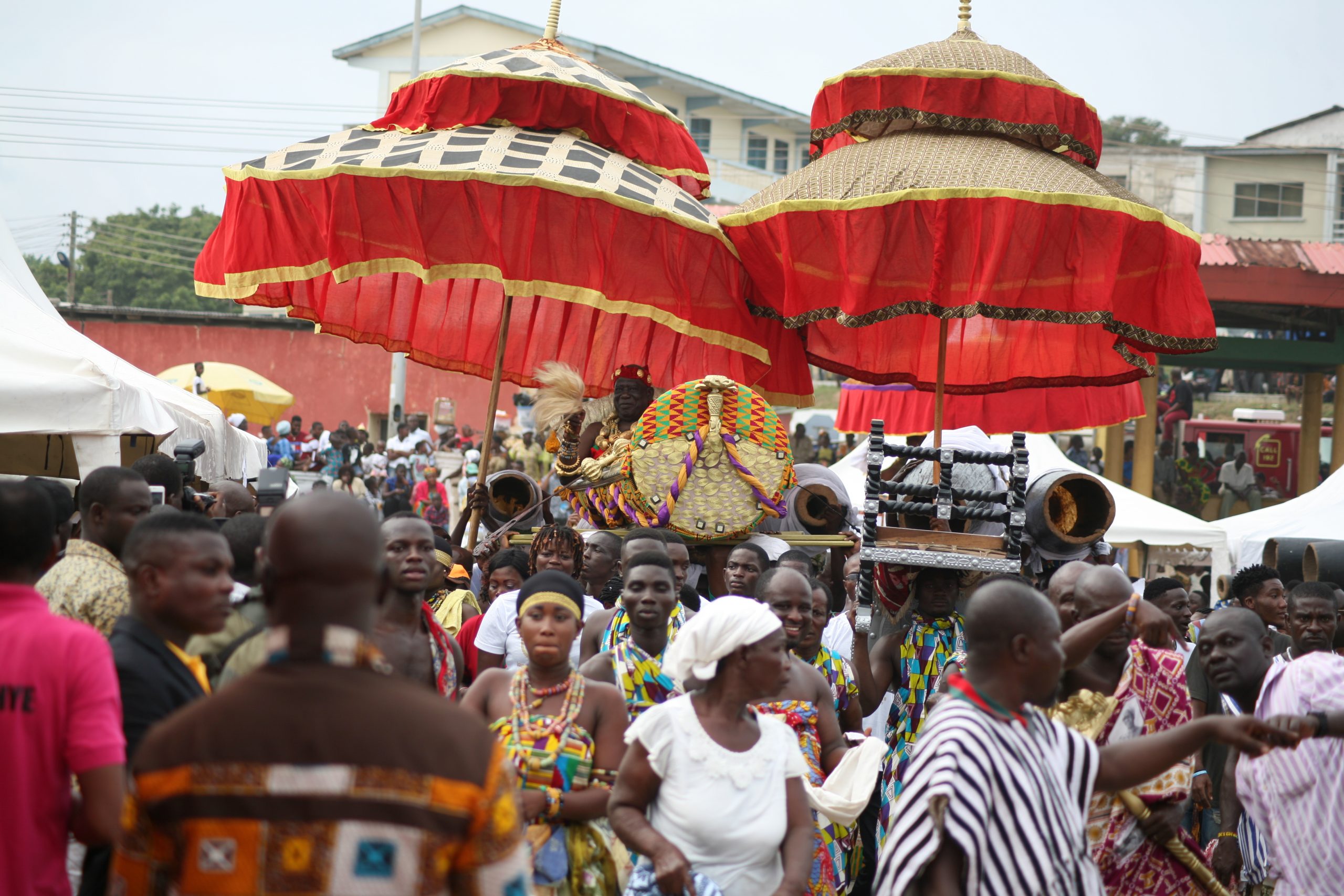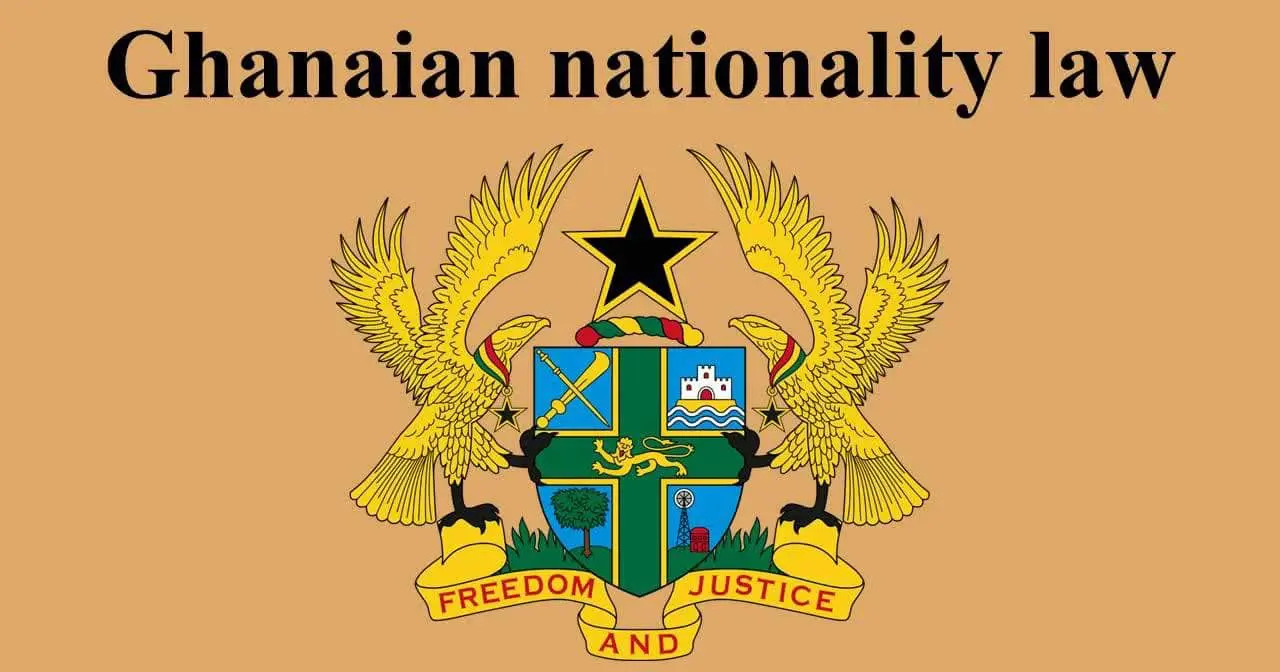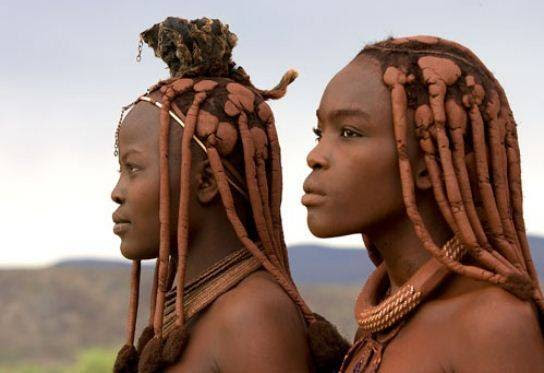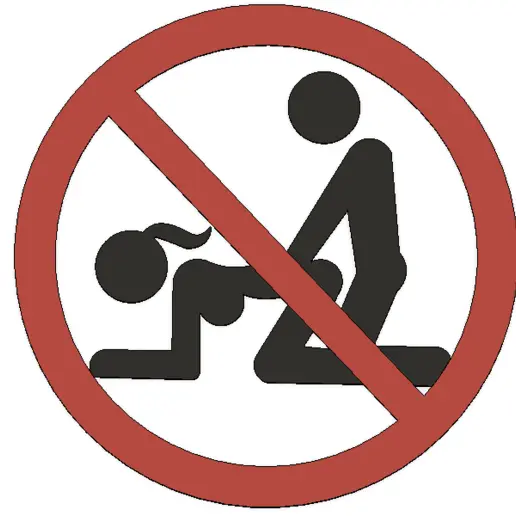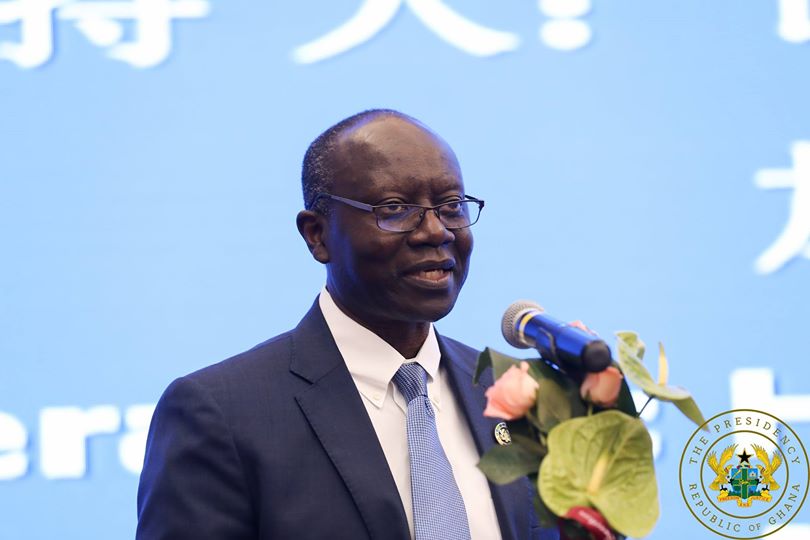Newly enstooled Okuapehene Oseadeeyo Kwasi Akuffo II
And his traditional entourage on Monday, May 12, 2020,
visited Okyenhene Osagyefuo Amoatia Ofori Panin.
Akyem Abuakwa and the people of Akropong are one family (Asona Royal Family).
While the Okuapeman stool is referred to as Ofori Kuma that of Akyem Abuakwa is Ofori Panin.
The history below is the reason why the Asona Royal Family from Kyebi still rules over the Akuapems.
The Akuapems then known as the Hill Guans were living very peacefully with their neighbors; Agonas, Gas, Krobos, Akyems, and the Dutch until the Akwamus came to the scene and started brutalizing them. When the Akwamu brutalities on mainly the Guans and the Kyerepongs on the Hills had gone beyond control and intolerable the leadership had these settlers summon a meeting to chat and discuss a way out of their predicaments.
Gyedu Nkansa of Larteh, was then the chief priest and chief warrior of the Guans, was referred to as the King of the Guans and in that capacity, the leader of Akuapem in whose old age and at his hour of death just at the beginning of his successor Ohene Berentiri initially thought those maltreating them were Asantes and so sent a message to Asante Mampong, then the capital of Asante to enquire whether they were those carrying out the atrocities. They responded negatively and to show their commitment sent a delegation including troops to Akuapem.
They are the present-day Akuapem Mampong. Later Gyedu Nkansa gave authority to Ofei Agyemang, chief of Gyakiti and Sediesa (Asare Diedsa), chief of the Kyerepongs to extend an invitation to the Akyems for assistance to fight the Akwamus. The delegation to Akyem was led by Opanyin Ayeh Kissi, an elder of Nana Offei Kwasi Agyeman. The Okyenhene and elders readily agreed to help.
He, therefore, dispatched his warriors led by his nephew Safori to join the bandwagon of the Guans Agonas, Gas, Krobos, Kyerepongs, and the Dutch. A thousand forces (Akuw Apem) thus swooped down the hill unto the hopeless Akwamus regiment at Nsakye as they advance. Unable to withstand the shock of this highland change, the Akwamu forces broke, scattered, and fled away from Nyanawase, their capital across the Volta River to the present day Akwamufie.

This was the famous battle of Nsakye (1730) after which the Akwamu’s unspeakable acts of cruelty and depredation on the highland community came to an end. After the defeat of the Akwamus, the Akyems connived and convinced the Akuapems to allow them to permanently stay on their land so they can avail themselves to help ward off potential Akwamu resurgence. Given the loose settlement set-ups of the Akuapems, the Akyems used their chieftaincy and political skills to their advantage. The institution of chieftaincy as we know of today was non-existent then.
The leadership of the Hill Guans consisted of Priest and Priestesses with Gyedu Nkansa the Chief Priest and Chief Warlord of the Guans as leader of Akuapem. The Akyem warlords arranged a meeting among the Guans and the Kyerepongs at Abotakyi. The purpose was to organize the territory into an order known as Twi military Order. This consideration influenced the need for allocating offices. Four divisions were created under the Abotakyi Accord which was signed in 1733. Thus the creation of the Akuapem State.
Adonten number 2, belonging to Aburi being the remnants of Akwamu, Ga, and some Guan indigenes in that neighborhood.
Nifa division was given to the five Kyerepong towns with its headquarters at Awukugua. Asare Diedsa was chief of the Kyerepongs
The Benkum division was given to the nine Guan towns with its headquarters at Larteh. Ohene Berentiri was regent for the Guans as Gyedu Nkansa was then too old to be present. Although there was a regent for the Guans, Gyedu Nkansa gave authority to Offei Kwasi Agyeman to negotiate on his behalf.
The Akyem warlord Safori allocated to himself the Okuapenhene.
At the first traditional council meeting, the Gyakiti warlord was crowned as the senior divisional chief and next commander-in-chief whenever the Okuapehene is away.
In 1934, the then Okuapehene Nana Ofori Kuma decided that the Adontenhene Number 1 title be redesignated to Krontihene, a title that did not change his position and status in the hierarchy of Akuapem, even though Nana Yaw Boafo the then Krontihene abdicated in protest over the change. The Krontihene remained as the second-in-command to the Okuapehene. The Adontenhene Number 2 title was also redesigned to Adonten.
Akropong was made the seat of the paramountcy which has remained so to date.
The Okuapeman paramount stool is therefore known as Ofori Kuma, whiles that of the Akyem Abuakwa is Ofori Panin, indicating the traditional relationship between the two paramountcies.
NOTE: HISTORY CONTENT CULLED FROM AKUAPEM.COM
Source: Mybrytfmonline.com


